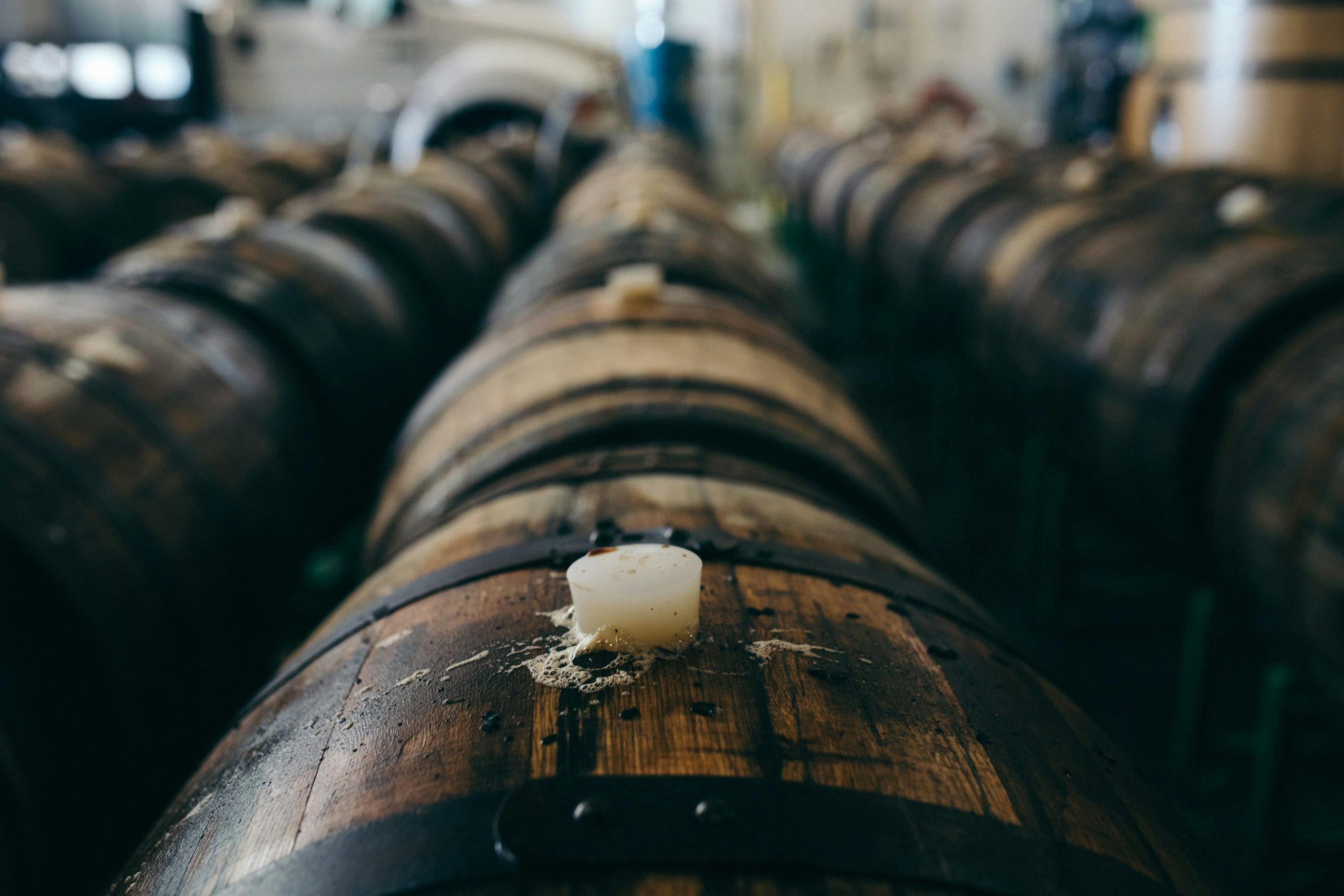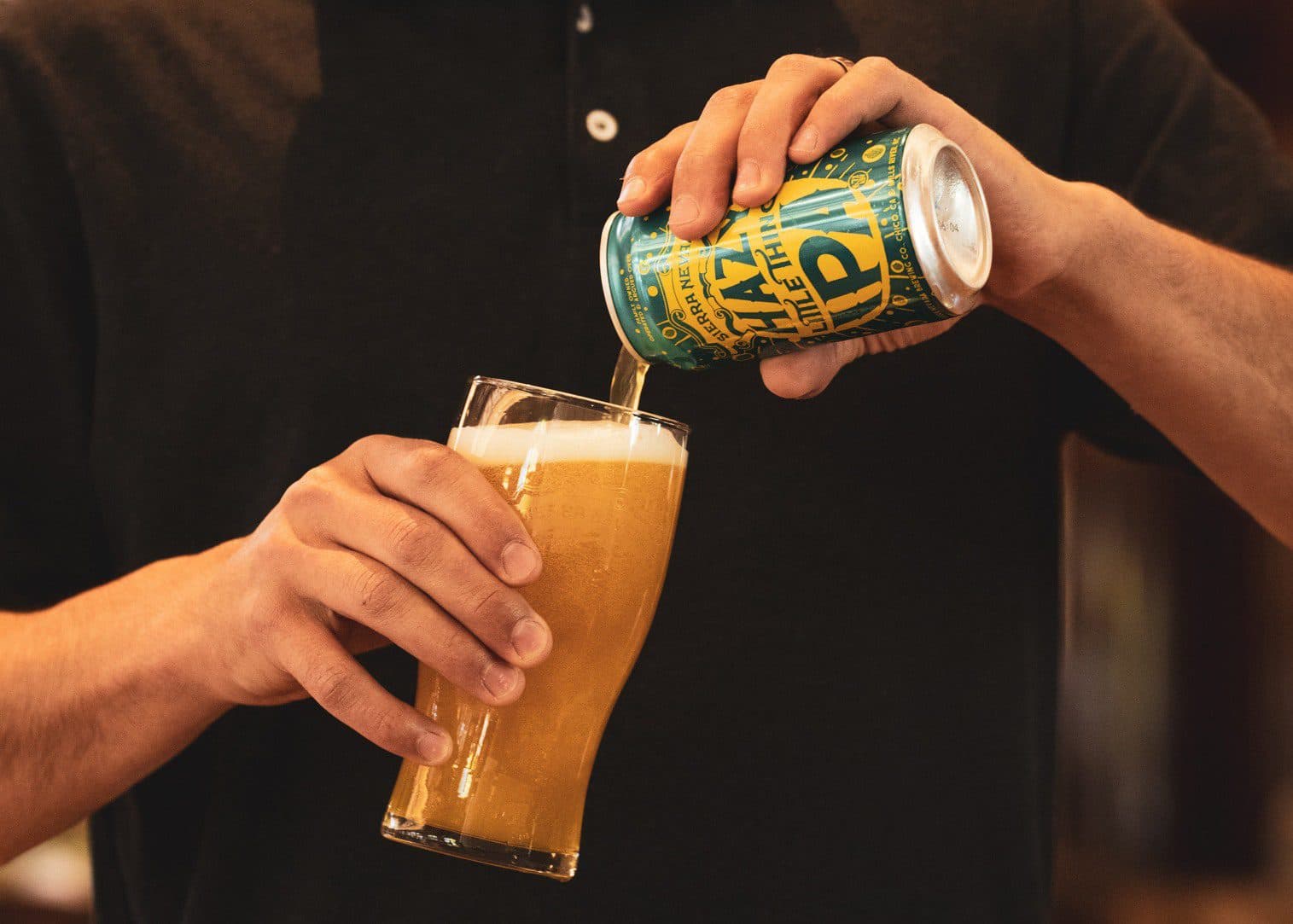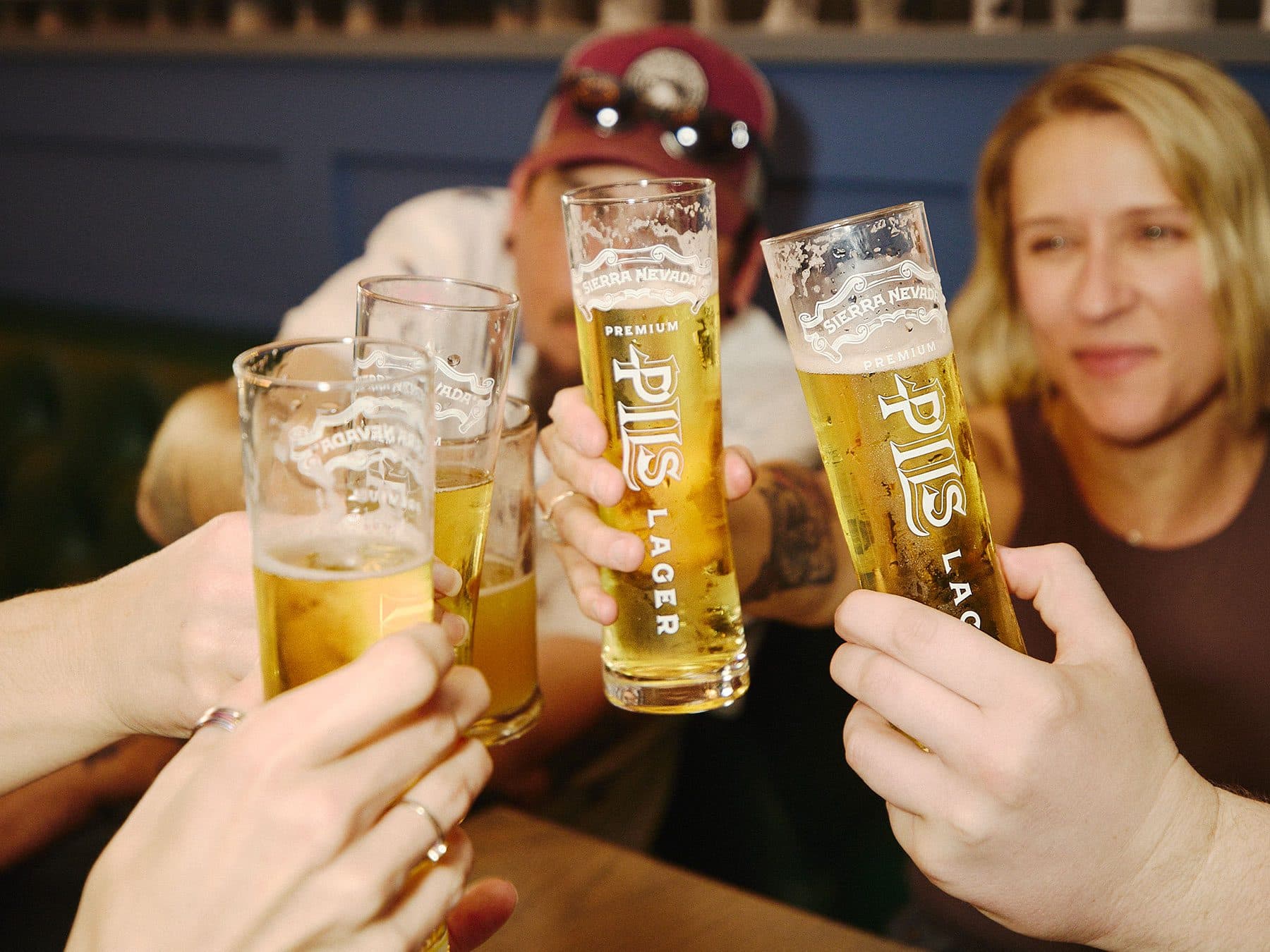
B is for Barrels & Beer Aging: A Brewer’s Alphabet
People often ask me what my favorite beer is and, of course, I always refuse to answer. The reality is that I like many beer styles and among those is bock. These are strong lagers, i.e., bottom-fermented beers, so-called because the yeast sinks to the bottom of the fermenter. There are many types of bocks and doubtless I will mention them as we head through the alphabet. Just to say at this point that they often feature a goat’s head on the label as a symbol of strength but also because the German word for goat is bock.
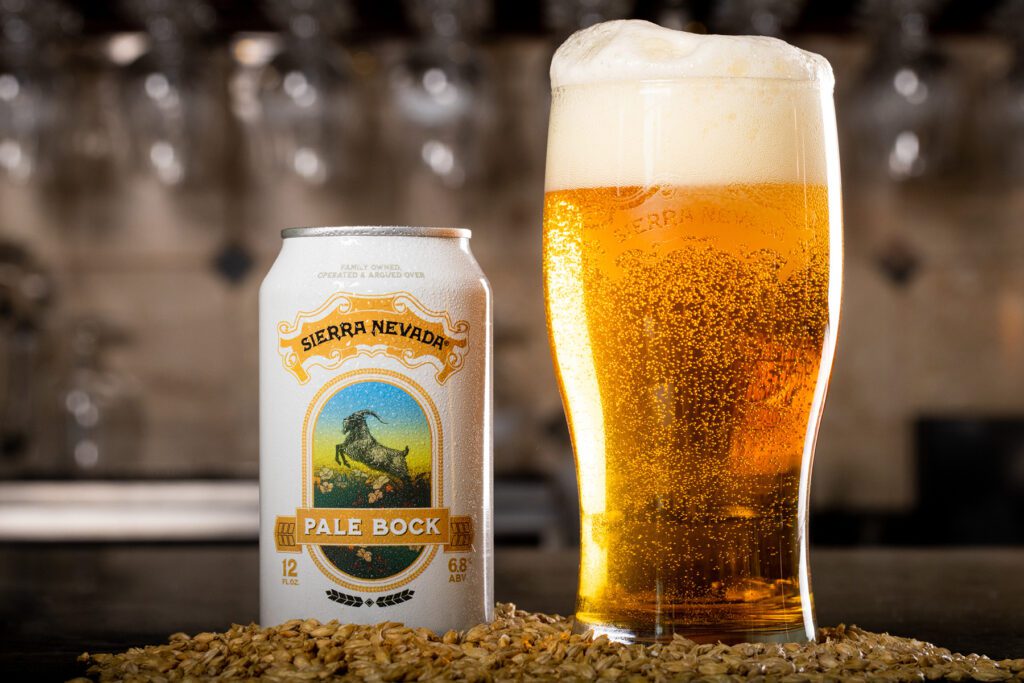
Brown Ale
Brown ales are beers that are traditionally made with a grist incorporating brown malt, which is akin to an amber malt. It provides the brown-red color to this type of ale and notes of caramel as opposed to the burnt flavors that come from very heavily roasted grain.
Brown ales on tap in my native England are called Mild. These are deemed rather old-fashioned these days. Much more likely is that you would ask for a pint of bitter. Bitter (not bitters — that is something you splash into cocktails) is essentially pale ale in a draft form, traditionally dispensed using a hand pump from barrels that are in the cellar. They used to be wooden, but these days may be stainless steel or aluminum.
Barrels & Bottles
We can also, of course, talk about beer volume in terms of barrels. In the UK a barrel is 36 UK gallons, each of which is 8 UK pints. A UK pint is approximately 20 US fluid ounces. Back to the United States: a barrel is 31.5 US gallons. A US gallon, like a UK one, is 8 pints, but a US pint is 16 fluid ounces.
Here at Sierra Nevada there is extensive use of barrels that were formerly used for wine or Bourbon in the barrel-aging program. My most successful beer-food pairing ever was when I hosted a dinner that finished with a rich chocolate dessert served with Bourbon Barrel-Aged Narwhal. Sublime.
Beer can be aged in bottle. Here at Sierra Nevada we have the biggest natural conditioning operation in the world, something referred to traditionally as bottle-conditioning. The bottles are filled not only with beer but a defined amount of sugar and a regulated amount of yeast are added. As the bottles are held in the warehouse, the yeast converts that sugar into carbon dioxide and so the target level of carbonation is developed. This process is also helpful in the flavor stability of the beer, because the yeast scavenges oxygen and stale substances that develop over time.
Beer-Aging Process
Of course, there is many a beer-aging process that involves all manner of microorganisms. The mix often includes Brettanomyces. Back in the late 19th century, Emil Christian Hansen at Carlsberg in Denmark perfected the practice of pure yeast culture, producing batches of brewing yeast that were a solitary strain of Saccharomyces. The technology was rapidly adopted around the world — except by the British. They agreed that they needed Saccharomyces for primary fermentation, but they insisted that they also needed a secondary yeast for aging and conditioning. In honor of the British, this was named Brettanomyces, an organism that belts out what are often referred to as barnyard flavors — earthy or musky notes such as horse blanket. Its appearance at Sierra Nevada is rare, but think back to Brux, a collaboration with Vinnie Cilurzo of Russian River Brewing Company.
Of course, way back when, beer was a product of spontaneous fermentation and sour beers would have been the norm. There is still a product called Bouza, from Egypt and the Sudan, and it is made from wheat or millet loaves just as the first beers would have been made in Sumeria 8,000–10,000 years ago.
Biofilms & Beer Stone
These days, except for the funky beers (as our good friend Vinnie Cilurzo calls his sours), the imperative is hygiene, hygiene, hygiene. Thus we worry about biofilms, which is what can accumulate on the inside of vessels and piping if they are not efficiently cleaned. Biofilms are masses of microorganisms and other materials that cement them to surfaces and that demand good physical and chemical treatments to remove them.
Related to biofilms (in a way) is beer stone. This is the deposit of calcium oxalate that can accumulate on the pipes that deliver beer in the bar from the keg to the glass. The oxalic acid comes from the grain and, if it is not to get into the finished beer, it is best removed in the brewhouse. The time-honored way to do this is to make sure that there is plenty of calcium in the brew. This causes the calcium oxalate to be produced in the brew and it is removed with the waste solid streams from that stage in the operation.
The Germans have a word for adding calcium and some other salts to the brew. They call it Burtonization. (Good German word, yes?) The aim is to mimic the water in Burton-on-Trent, which has a phenomenally high level of calcium sulfate (around 350 ppm Calcium). The argument is that this is the salt level you need to make a great Burton-style ale. It sure is the case that brewing started off in Burton big time because of the availability of such very hard water drawn from the many boreholes in the East Midlands town.
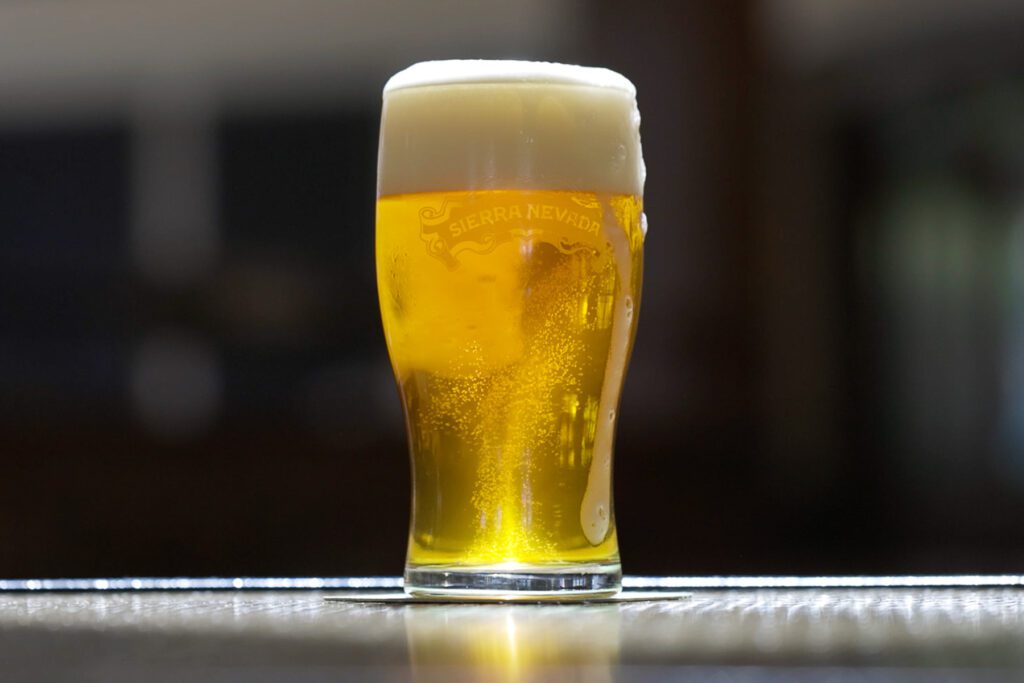
There might be just one benefit of calcium oxalate in beer. Apart from being deposited on pipes, it also can be present in the beer as discrete bits, tiny particles suspended in the beer. If you have particles, they can serve to release bubbles of carbon dioxide which will rise in the beer. We call this beading. I prefer the solution employed in the restaurants in the Taprooms in Chico and Mills River: The beading is encouraged by etched glasses. Look at the bottom of the glass and there is etching there that leads to this beautiful phenomenon.
– Charlie Bamforth
